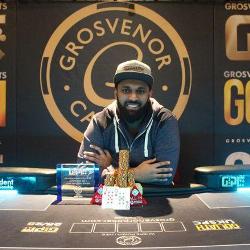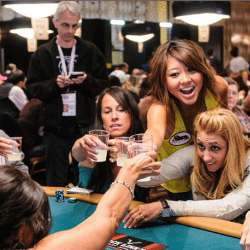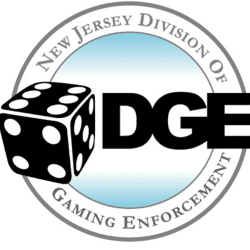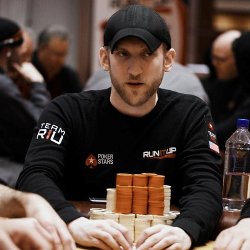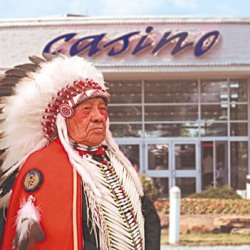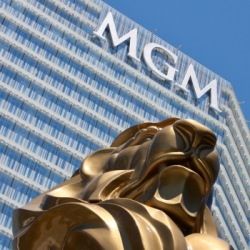A Different Approach Needed for Poker Sportification
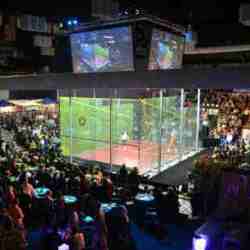
Alex Dreyfus has been leading the charge to turn poker into a sport, creating the Global Poker League (GPL) in the hope of drawing cheering crowds to events eager to support their hometown teams. After the inaugural season of the GPL, however, it has become painfully obvious that sportifying poker is going to be an uphill battle.
A Mixed Bag
It is easy to understand why poker as a sport is not exactly packing event halls, as despite being an exciting game, poker is largely an individual pursuit, with much of any excitement created resting with the players at the table. The serious demeanor of poker players, and the sometimes tedious wait for each person gathered at the table to make their moves, can make it hard for the game to hold the interest of live spectators for long.
Still, there is evidence that poker does have the potential to be made into a proper sport, with thousands of people every day tuning into live streams of poker players showing off their online skills on platforms like Twitch. Furthermore, the rise of eSports indicates that people are more than willing to watch skilled individuals showing off their talents on big screens located within an event hall-like environment.
So What’s the Answer?
Alex Dreyfus and his Global Poker League have sought to make the game more interesting by adding dynamic elements to tournament play. The GPL hoped that by flashing stats and data on a big screen, it could make up for the fact that spectators cannot see the inner workings of the players’ minds, where much of the “Action” of poker is taking place. Having players stand and using an expert commentator to keep long silent spells from occurring are among some of the other strategies that the GPL has tried employing to spice up game play.
The GPL has also focused on creating teams that fans could cheer for, using geography as a basis for establishing the 12 teams involved in the league. The ultimate goal was to create a World Cup sort-of event with fans eager to see which teams are able to dominate the game, as well as which star players can emerge as the strongest members of their team. By catapulting players to athlete type status, Dreyfus and the other minds behind the league believe they can sportify poker, and take the popularity of the game to a whole new level.
Time for Reflection
While Alex Dreyfus and his league did have some success last season, the underwhelming results from its inaugural debut suggest that if poker is going to be sportified, a new strategy may be necessary.
Recently, a poker blogger floated the idea that everyone takes a step back and reconsiders the very idea of sportifying poker. In his piece, the writer suggested that poker should become more like fantasy sports with fans creating their own teams during major tournaments, like the World Series of Poker, and then trying to beat out their opponents to win money online. This strategy would make up for the duller side of poker, and give fans the opportunity to study the stats and data that are at the heart of a complex, mental game like poker.
Gaming Player Index
In the meantime, the Global Poker Index (GPI), which ranks the world’s top poker players according to their live poker tournament results, has decided to move beyond just the game of poker to include eSports in general. The re-imagined “Gaming Player Index” is set to include the results from other popular games such as Hearthstone and Dota 2 in an attempt to “become the name for all competitive games.”
Elaborating further, Alex Dreyfus said that he did not envisage the live poker industry going through to many changes over the next five years, and so decided to take his organization’s experience ranking the GPI and Hendon Mob databases into the world of gaming as well. As he subsequently explains:
“We’d serve the same role across games as we have done for poker, aggregating and ranking players across games. Crunching the numbers and offering a full image of the competitive landscape in each game.”

